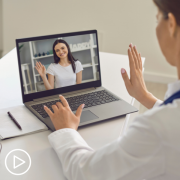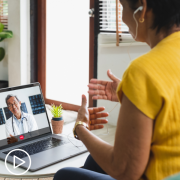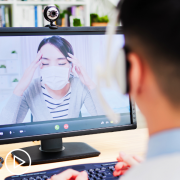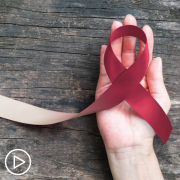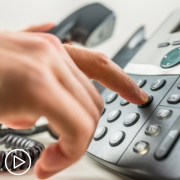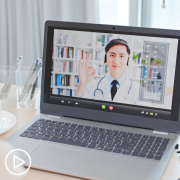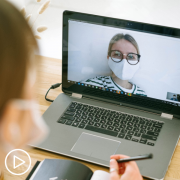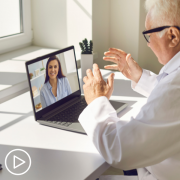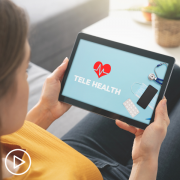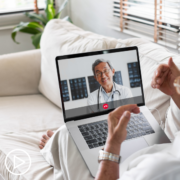What Is the Role of AI in Telemedicine for MPNs?
What Is the Role of Artificial Intelligence (AI) in Telemedicine for MPNs? from Patient Empowerment Network on Vimeo.
How does artificial intelligence (AI) fit into the myeloproliferative neoplasm (MPN) care toolbox? Dr. Kristen Pettit from Rogel Cancer Center explains the current role of AI, her hopes for the future of MPN care, and what she considers the ideal model for MPN care.
See More From the MPN TelemEDucation Resource Center
Related Resources:
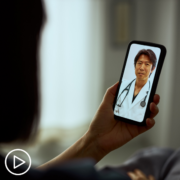
|
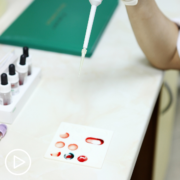
|

|
Transcript:
Dr. Kristen Pettit:
I think the role of artificial intelligence and telemedicine in MPN fields is going to be evolving over the next few years. I think one thing that will be very interesting that I’m very interested in seeing is whether we’re able to incorporate things like data from wearable devices, for example, like your Apple Watch or those sorts of devices directly into your healthcare to be able to monitor you on a more continuous basis and virtually, I think more things of that nature will be coming over the next couple of years.
I think that incorporating telemedicine into MPN monitoring is a relatively safe thing to do for most patients, very rarely things will come up in an in-person visit that might not have been reported or caught on a telemedicine visit, for example, slight changes in spleen size that we may be able to feel in the office that might not be symptomatic to the patient at home or might not be noticed at home could happen. Other things like weight loss that a person might not necessarily have noticed at home, but that we would hopefully pick up on it.
An office visit might be another thing to think about, but both of these situations, I think are relatively uncommon, I think the most important thing is for a patient and their family members to know their body, know their symptoms, keep an eye out for any changes, while they’re at home, and as long as that’s being done, really, I think telemedicine is relatively safe to incorporate in MPN care. Ideally, I think that would be done sort of intermittently or alternating between virtual visits and in-person visits with an individual patient.





